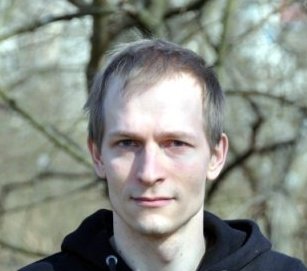- Attitude
- Body
- Creativity
- Dance
The advantage of using a model such as this is that it reminds you to spend teaching time on several important aspects of tango, that could sometimes be left out in a less structured approach.
Attitude
Attitude is the first dimension, because it will affect everything else. This includes how to take and give advice in classes. Trying to improve oneself before one's partner. Ability to relax and enjoy. Level of commitment. How you invite people to dance and who you accept to dance with. Making an effort to become more attractive as a dance partner. Ability to see the good in yourself and in others. An important part of Attitude is that it includes the self-image of the student. In my view, the teacher should make sure that when students leave a class they feel better about themselves as dancers and as persons.
Body
Managing your own Body well is an excellent way to make it more pleasant to dance with a partner. Body awareness and balance are essential. Posture and quality of movement. A smooth walk. Toning the right muscles and relax others. Dancing in a way that is healthy for the body. All of this is often addressed specifically in technique classes.
Creativity
The Creativity dimension is what makes tango an art form and not just bodies moving around randomly. It includes musicality, with components such as rhythmic play, phrasing and understanding the structure of tango music. It also includes having a variety of steps and figures to choose from, as well as other ways to create variation in the dance, such as using different aesthetics in movement or different emotional expressions.
Dance
The Dance dimension includes much of what distinguishes tango from other dances. Typical tango figures such as the giro and the cross. Walking together in an embrace. The firmness of the physical contact. The flexibility of the embrace. Sensitivity and presence. The fine tuned communication of leading and following. Also, how to move on a crowded dance floor.
The proposal is to make sure that each class includes all 4 dimensions. Even if there's a specific theme in the class, such as "common rhythms in tango", the teacher would still include how this relates to the Dance, e.g. through practising these rhythms in some of the common tango figures.
I suppose that if any of the 4 dimensions seems surprising it would be Attitude. But think about how much attitude can affect both the ability to learn and the whole tango experience! Also remember that attitude is always transmitted from teacher to student, through words and behaviour - but by doing it consciously your students will get more out of their tango.


















